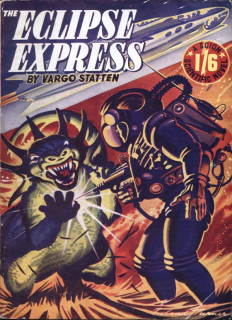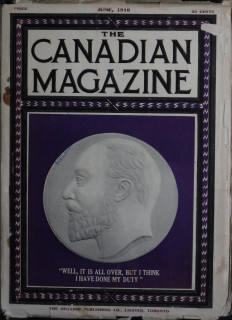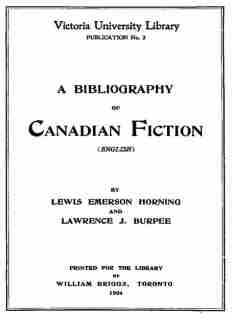Sirius-A Fantasy of Love and Discord
eBook Details
| Title: | Sirius: A Fantasy of Love and Discord | ||||||
| Author: |
|
||||||
| Published: | 1944 | ||||||
| Publisher: | Martin Secker & Warburg Ltd. | ||||||
| Tags: | fantasy, fiction,animals | ||||||
| Description: | Sirius is a 1944 fantasy novel by the British philosopher and author Olaf Stapledon, whose title character is a dog named Sirius with humanlike intelligence. A sense of existential questioning suffuses the book, as the author delves into aspects of Sirius’s psyche. The novel deals with many human issues through Sirius and his experiences, his unusual nature, his ideas and his relationships with humans. The characters go to great lengths to prevent Sirius from becoming a circus-type wonderdog, and instead, they seek to develop Sirius’s character much like a family would create and foster that of a human child. | ||||||
| Format: | |||||||
| Pages: | 133 |
Author Bio for Stapledon, Olaf:
William Olaf Stapledon (10 May 1886—6 September 1950)—known as Olaf Stapledon—was a British philosopher and author of science fiction. In 2014, he was inducted into the Science Fiction and Fantasy Hall of Fame.
Stapledon was awarded a PhD degree in philosophy from the University of Liverpool in 1925 and used his doctoral thesis as the basis for his first published prose book, A Modern Theory of Ethics (1929). However, he soon turned to fiction in the hope of presenting his ideas to a wider public. The relative success of Last and First Men (1930) prompted him to become a full-time writer. He wrote a sequel, Last Men in London, and followed it up with many more books of both fiction and philosophy.
Stapledon’s fiction often presents the strivings of some intelligence that is beaten down by an indifferent universe and its inhabitants who, through no fault of their own, fail to comprehend its lofty yearnings. It is filled with protagonists who are tormented by the conflict between their “higher” and “lower” impulses.
Stapledon’s writings directly influenced Arthur C. Clarke, Brian Aldiss, Stanisław Lem, Bertrand Russell, John Gloag, Naomi Mitchison, C. S. Lewis, Vernor Vinge, John Maynard Smith and indirectly influenced many others, contributing many ideas to the world of science fiction. The “supermind” composed of many individual consciousnesses forms a recurring theme in his work. Star Maker contains the first known description of what are now called Dyson spheres. Freeman Dyson credits the novel with giving him the idea, even stating in an interview that “Stapledon sphere” would be a more appropriate name. Last and First Men features early descriptions of genetic engineering and terraforming. Sirius describes a dog whose intelligence is increased to the level of a human being’s.
Together with his philosophy lectureship at the University of Liverpool, which now houses the Olaf Stapledon archive, Stapledon lectured in English literature, industrial history and psychology. He wrote many non-fiction books on political and ethical subjects, in which he advocated the growth of “spiritual values”, which he defined as those values expressive of a yearning for greater awareness of the self in a larger context (“personality-in-community”). Stapledon himself named his spiritual values as intelligence, love and creative action. His philosophy was strongly influenced by Spinoza.






























Reviews
There are no reviews yet.